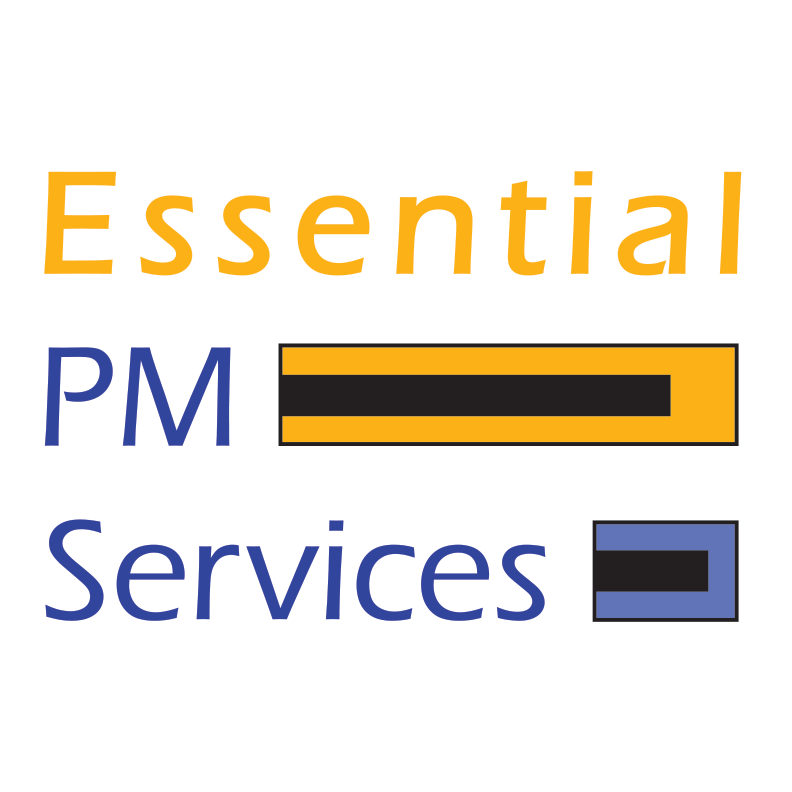Sometimes deciding which projects to work feels like a bad card trick: pick a card, any card. Or maybe it’s like being dealt a poker hand. You have all these cards and have to figure out what to do with them.
When the range of project options could be in the dozens and it seems as though every project’s benefits were needed yesterday, how do you know what order to work them?
Work With a Full Deck
What needs to be established first is that you are working with a full deck. For your projects, that means you need to have basic information on each project that you are evaluating:
- What does the project intend to accomplish?
- Are the benefits (and changes) self-contained to one team? A few teams? Company wide?
- How well defined is the return on the project’s investment?
- Are baseline measurements in place? Do you know how to measure results going forward?
- What is the company’s appetite for taking on this project and the changes it will cause across the organization?
- What personnel will be involved in the project? At which phases?
- Who is affected by the changes? How?
While you may not have all the answers up front, having starting points for these questions is needed to properly evaluate your options.
Wild Cards
Some information that you have will hold more weight during your evaluation. Knowing the company’s appetite for risk and change, as well as having a valid cost benefit analysis will be your aces. Project complexity – in terms of systems affected, teams affected, or amount of change – may be a wild card. If a project has a great forecasted return, but personnel are not available to staff that project due to other commitments, then that project might have to wait.
Playing with House Money
Once you have gathered your basic information, lay it out in table format and present it to your PMO, advisory board, or project sponsors to assess the priority order. At this time, you may see that certain projects can be grouped together because they provide common benefits, and it would be better to work those projects in a structured fashion. Other projects might be delayed because the timing is not right or some quick wins might give a bigger bang for the buck. In any event, reviewing the portfolio of projects with your advisors and sponsors will let them – the leadership of the organization – determine what best fits the strategic objectives of the company and what order these projects should be worked.
The Discard Pile
Note also that not all project requests are beneficial for the company. While your PMO might ask you to scope out each project request, the details may warrant discarding a project. Do not think of this work as wasted effort; consider that your upfront diligence helped your company reach an effective decision, and that a full development effort was not expended for a project that would not provide desired benefits.
Going All In
Prioritizing your projects requires solid up front information, analysis of that information, and review of key factors with company leadership. Once your priorities are known, you can begin scheduling activities based on those priorities and forming your project teams. At that point, you can enjoy the game like you’ve been working with a stacked deck!
To learn more about how to prioritize your project portfolio, contact us!
